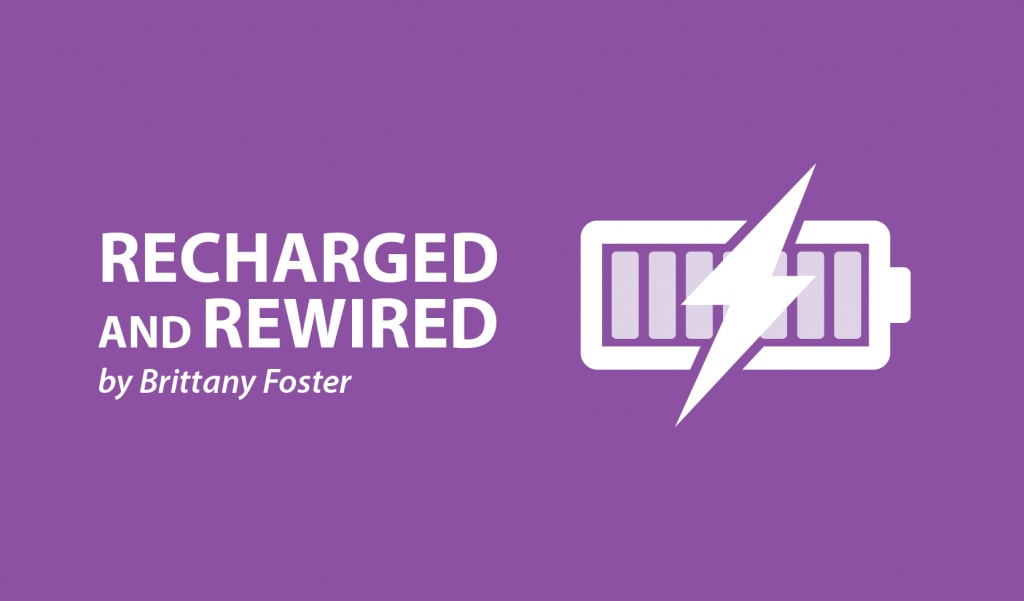With PH, I Choose to Be Cautiously Optimistic

Black-and-white thinking is something that I have mastered for the majority of my life. In the psychology world, the term for this type of thinking is called “splitting.” According to Psychology Today, it is defined as “the division or polarization of beliefs, actions, objects, or persons into good and bad by focusing selectively on their positive or negative attributes.”
This all-or-nothing and positive or negative mentality kept me up at night. I would think about the worst possible outcomes or have an abundance of optimism. It seemed impossible for me to find some type of middle ground.
This type of thinking didn’t help me while going through serious medical conditions for most of my life. Having polar opposite thoughts would send my anxiety into overdrive. I found myself preparing for the worst-case scenario. In some moments, I started to convince myself that the worst would happen.
On the other end of the extreme of my racing thoughts was the optimistic side. It was the belief that everything would work out and be OK. Admittedly, this side of my thoughts didn’t take up as much space in my brain as the negative one.
I didn’t talk openly about my fears, worries, and concerns for almost 20 years. I bottled it up, and eventually, it turned into panic attacks, anxiety, depression, and self-harm. There was a time in my life when it felt as though there wasn’t much escape from thinking about the worst outcomes. The never-ending cycle of doctor’s appointments, testing, procedures, surgeries, and waiting for results took their toll. It got to the point where I knew I needed to find some type of middle ground. I knew that managing my thoughts about chronic illness wasn’t as black and white as I had thought.
The Pulmonary Hypertension News forums are a place to connect with other patients, share tips and talk about the latest research. Check them out today!
Even though split thinking sent my anxiety into a spiral and made me feel out of control with my thoughts, it still served a purpose. Thinking negatively was my defense mechanism. It was my way of saying to myself, “If the worst happens, at least I knew it and was prepared for it.” To me, it was better to think of all the worst-case scenarios and plan for each of them so that I wouldn’t feel let down if they happened.
When I started going to therapy and really talking about my anxieties and worries, I noticed patterns in my thinking. I began to see exactly why I was having these thoughts and realized the purpose that they served. I became aware of the mental and physical damage this negative thinking was causing. I gained knowledge about my medical conditions, started to find my voice in my healthcare, and began to advocate for myself and my needs. This gave me more control and confidence. When this finally happened for me, I found my own type of middle ground.
Now, instead of being so black and white and jumping to extremes, I try my best to remain optimistic — but cautiously so. Being cautiously optimistic means I try to think of positive outcomes instead of driving my brain crazy with negativity. I am cautious about it because I remain realistic in my optimism. I try to put my focus on the things I know will go well. At the same time, I am aware of the realities of what I face as I prepare for surgeries, procedures, and testing.
With pulmonary hypertension, each day will be unpredictable. I remind myself that it’s OK to have plans for the “what ifs” and the difficult realities of my illness. Being realistic doesn’t mean that I’m resorting back to my negative thinking. Having plans doesn’t mean I’m obsessing over the worst possible outcomes. It just means that I’m cautious about my physical health.
It’s crucial to give myself permission to be hopeful and optimistic while at the same time being realistic. I have learned that if I stop and acknowledge the victories in my day, then the bad parts are easier to manage. Bringing awareness to the positive helps me to see the many shades of gray that I struggled to see before.
***
Note: Pulmonary Hypertension News is strictly a news and information website about the disease. It does not provide medical advice, diagnosis, or treatment. This content is not intended to be a substitute for professional medical advice, diagnosis, or treatment. Always seek the advice of your physician or other qualified health provider with any questions you may have regarding a medical condition. Never disregard professional medical advice or delay in seeking it because of something you have read on this website. The opinions expressed in this column are not those of Pulmonary Hypertension News or its parent company, Bionews Services, and are intended to spark discussion about issues pertaining to pulmonary hypertension.









Sheila McCallum
My doctor sent me for a myriad of tests following a dizzy spell. Seven years ago I had bilateral pulmonary embolisms. Anyway, last April I underwent blood tests, Doppler on carotid artery, EKG, and echocardiogram. All came back normal except the echo. I actually hadn't heard the results of it until I called the Doctor's office and her secretary told me. I, of course, started researching and then became extremely concerned. My doctor does not seem to be, and said it was " mild". Anyone have any suggestions or clarification? The only symptoms I have us once in awhile short of breath and angina.
maureen hudson
get another opinion
Brittany Foster
Thank you Maureen,
I have had a team of doctors for the last 27 years and was born with many congenital defects that impacted my lungs, breathing, heart, and many other organs. I trust my care team and know that I am in the best hands. I have been through multiple doctors and trust that I have the best of the best.